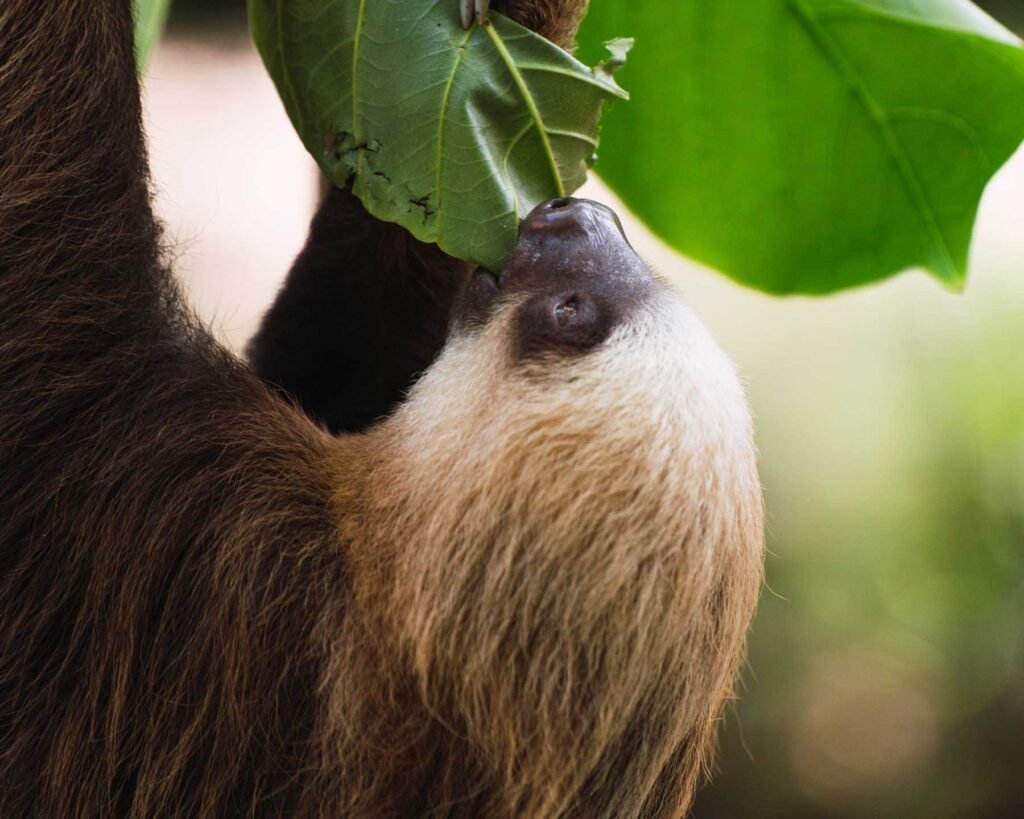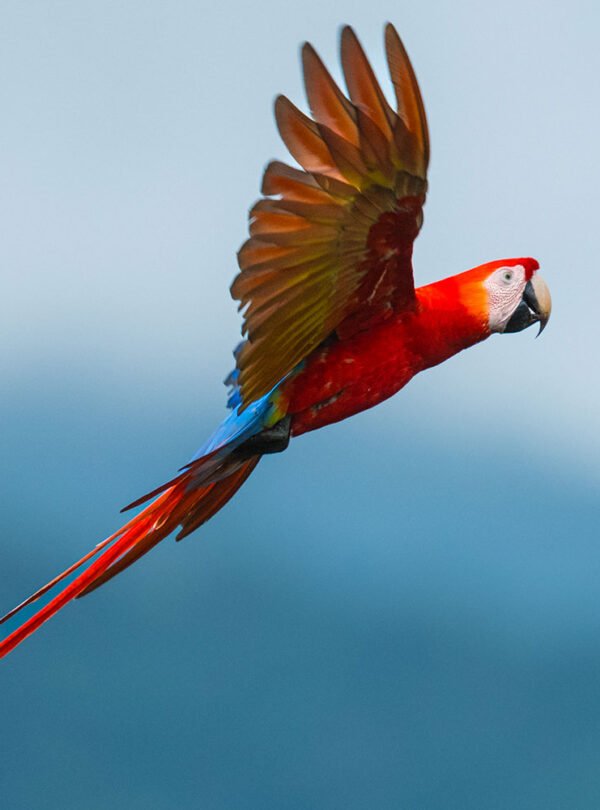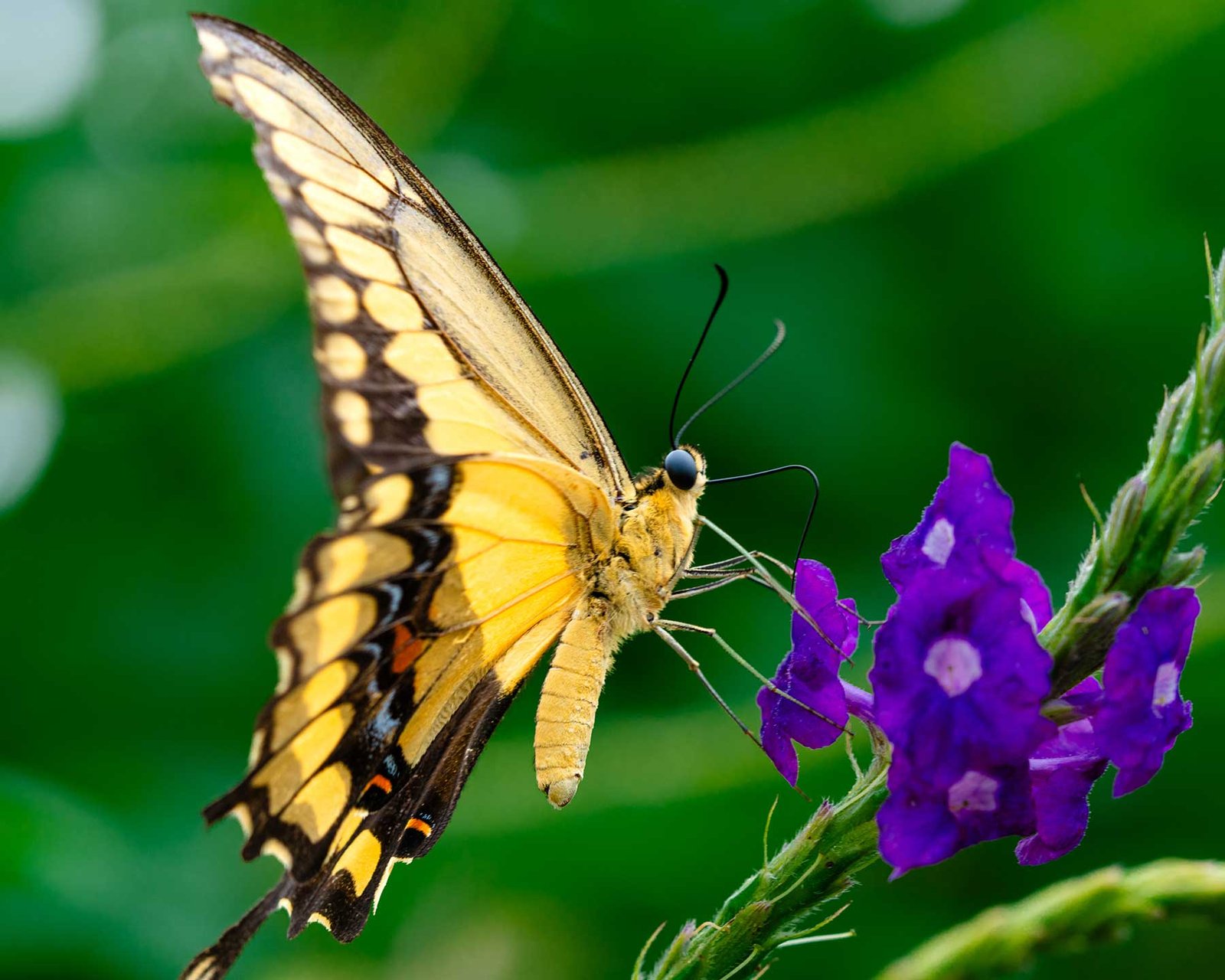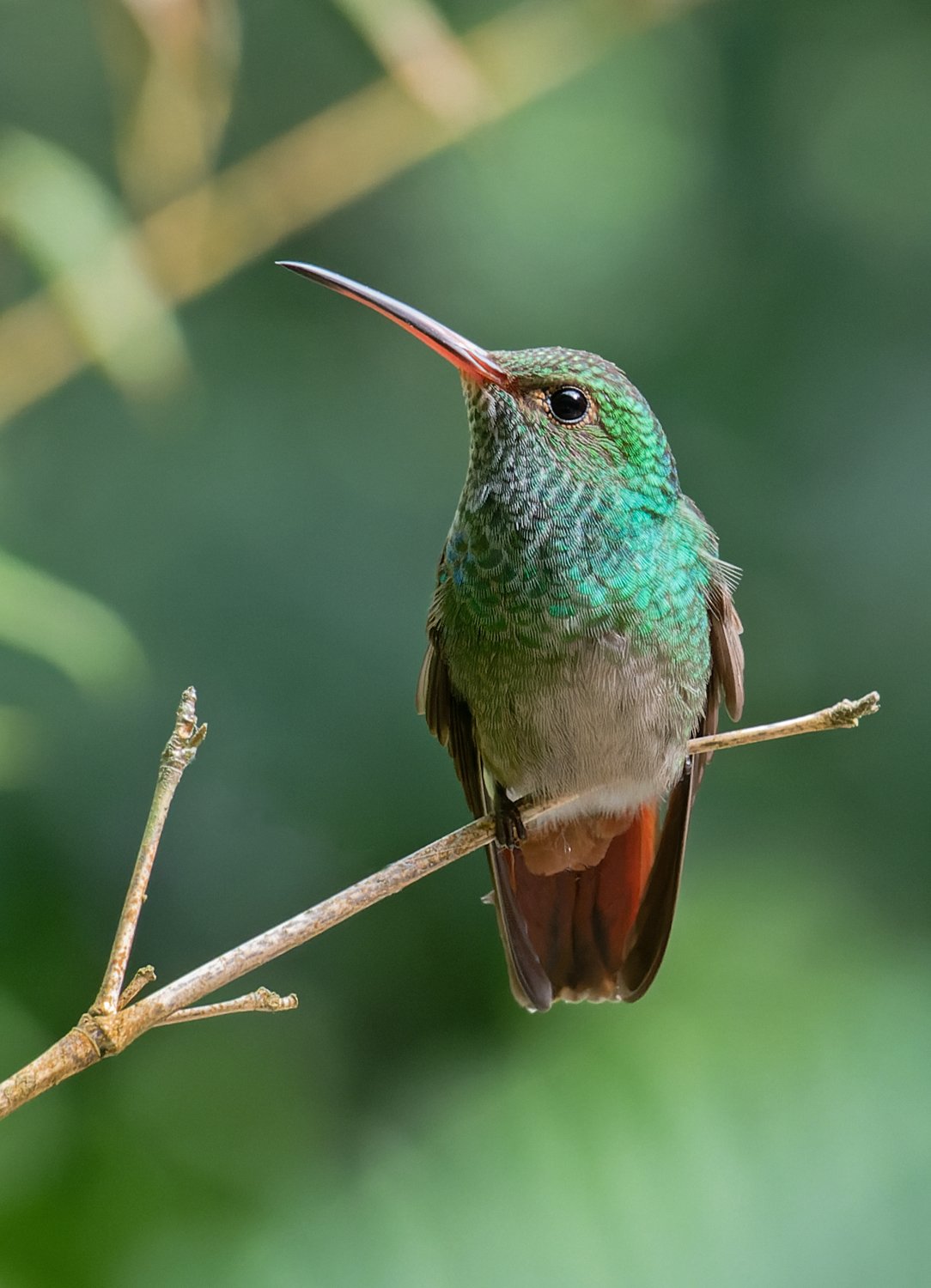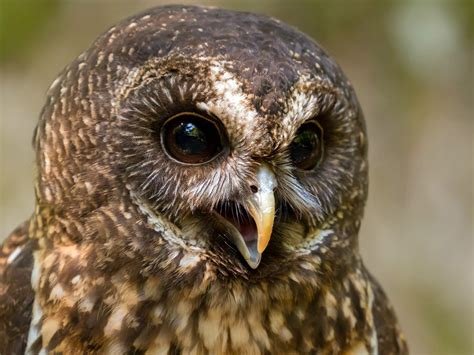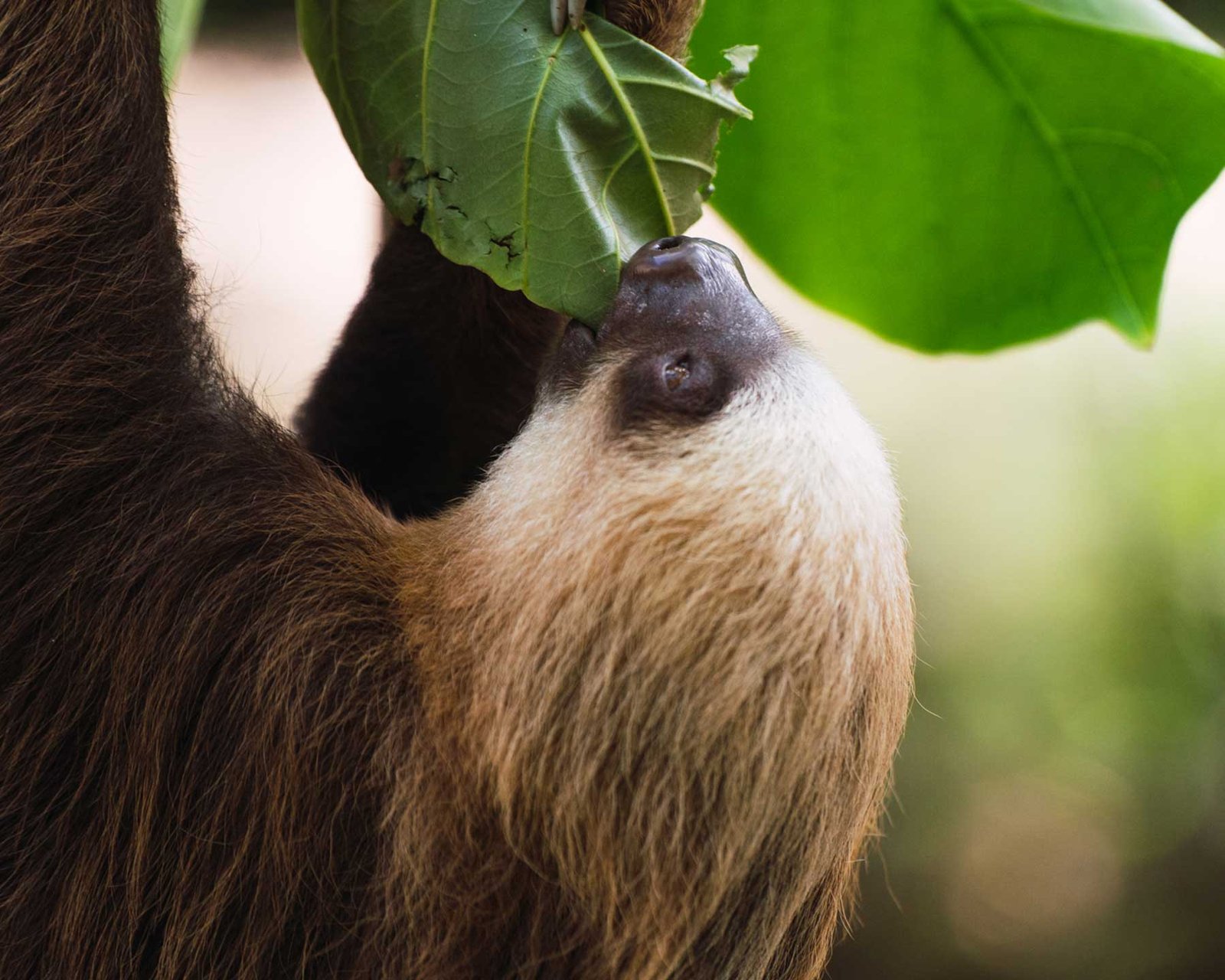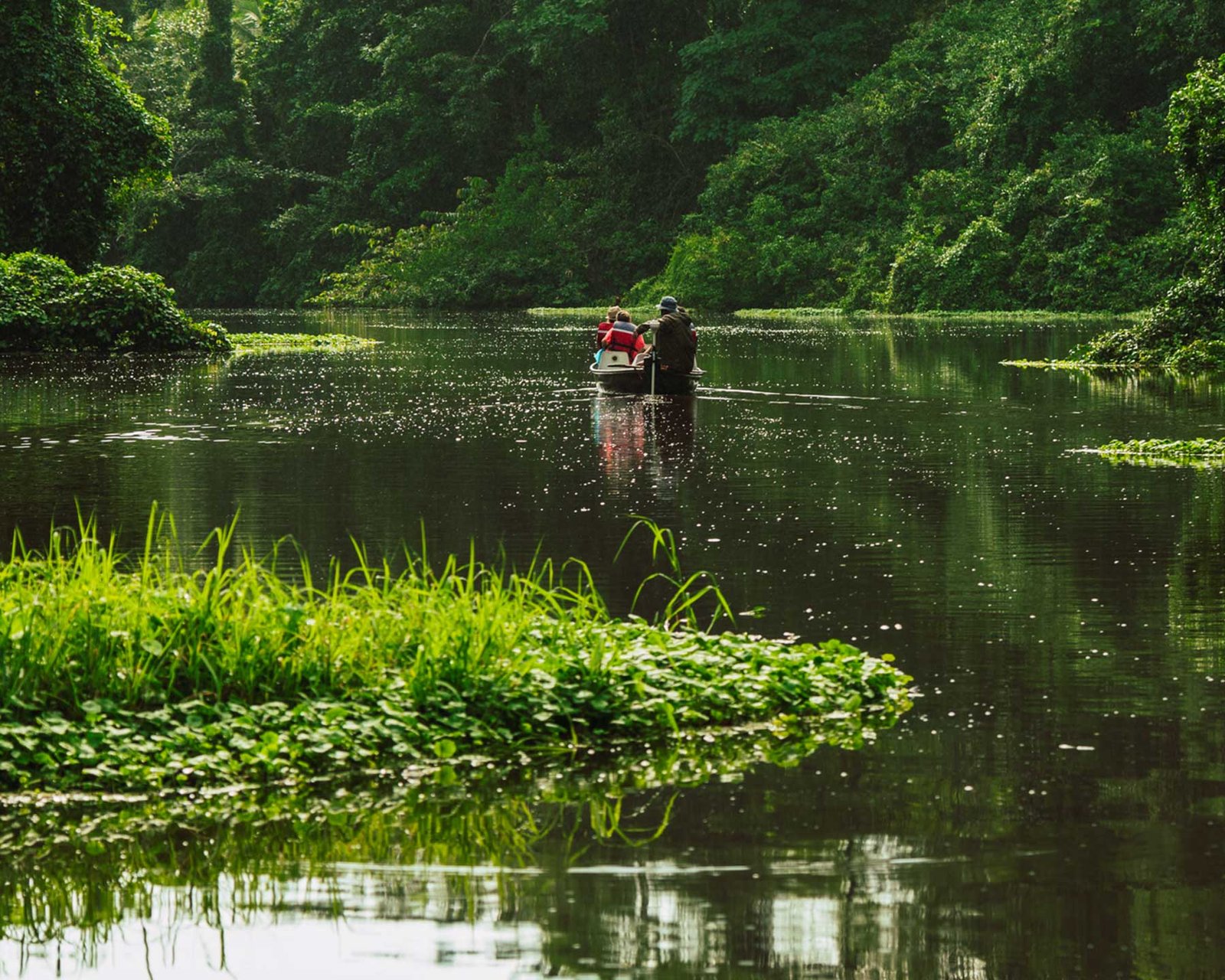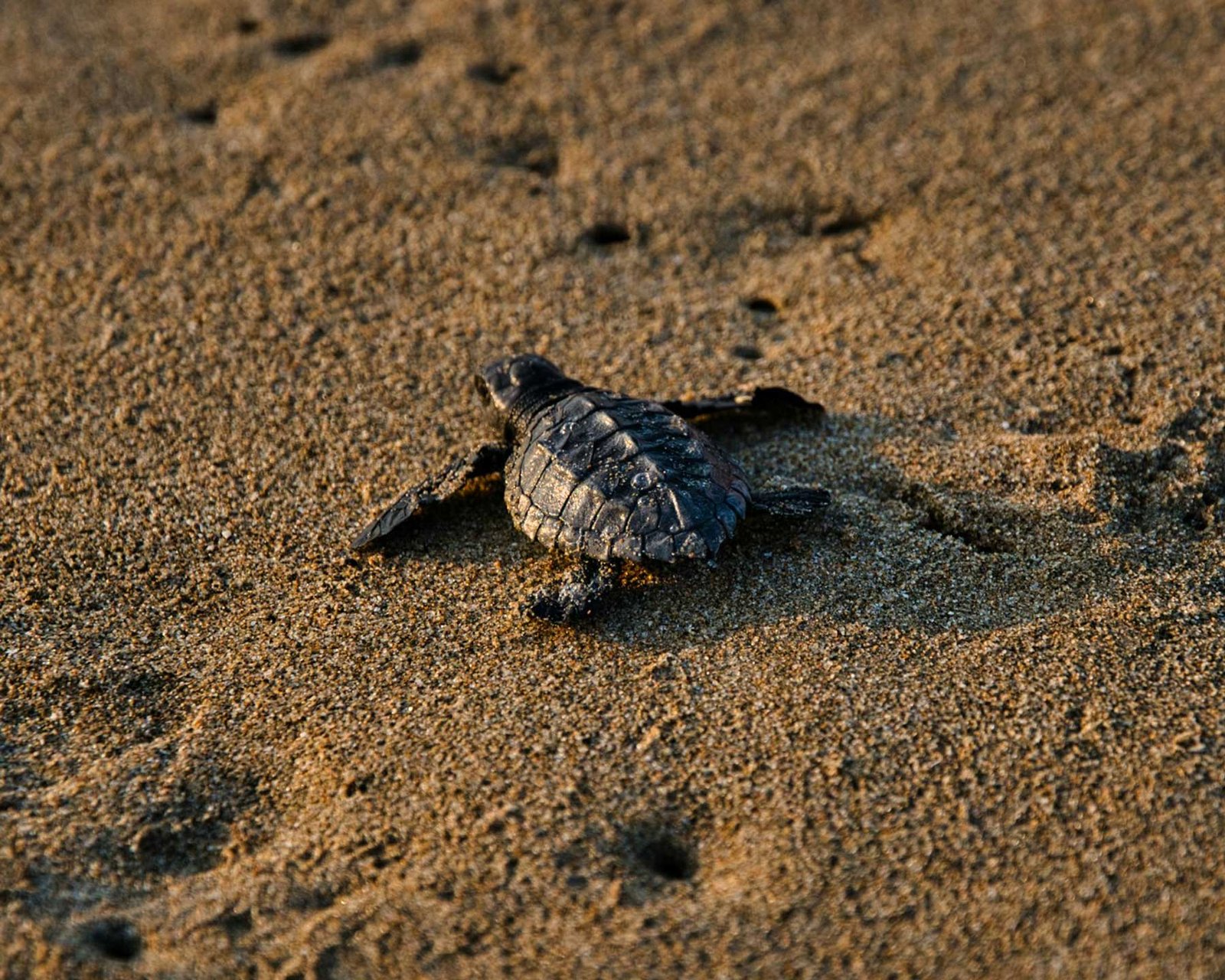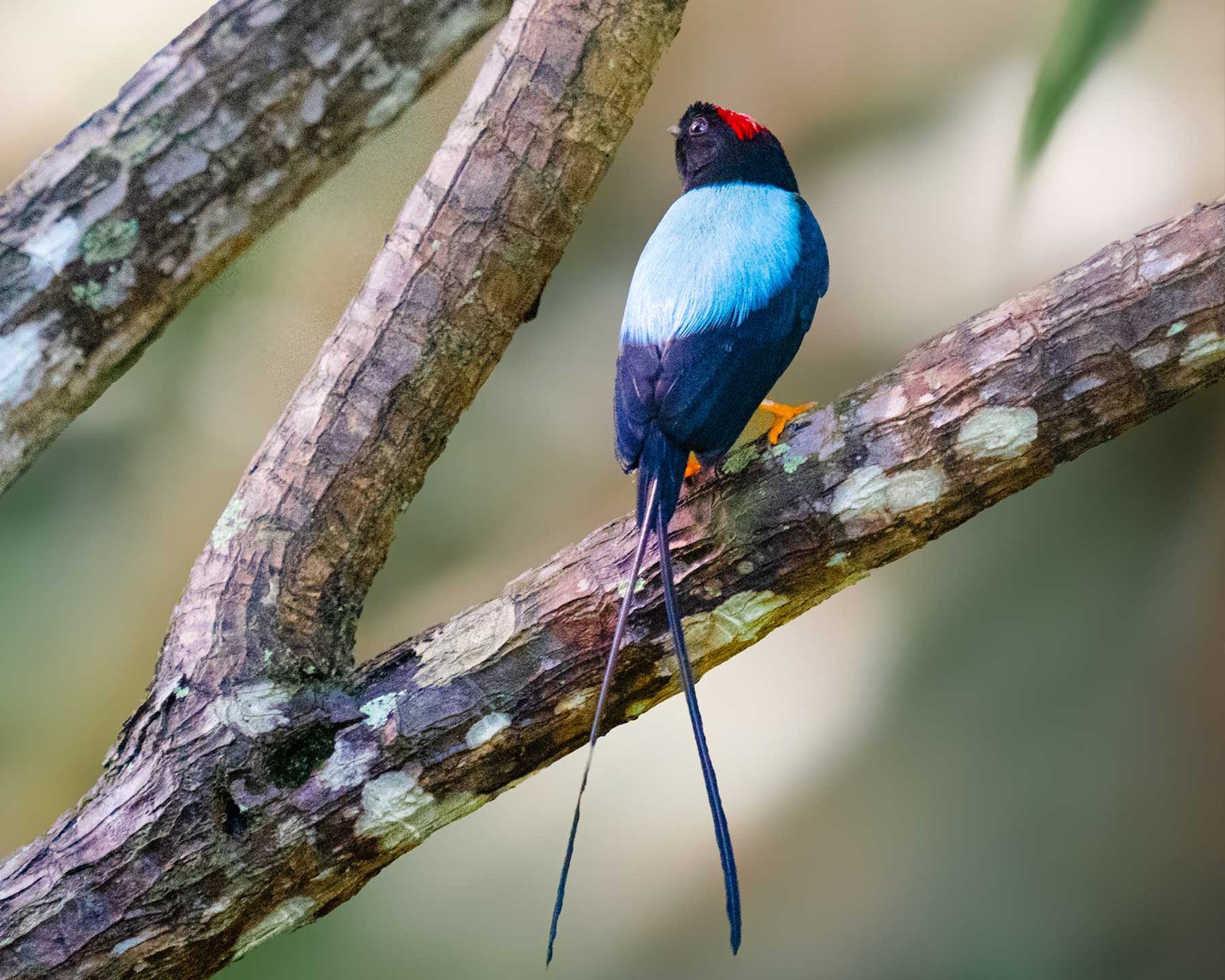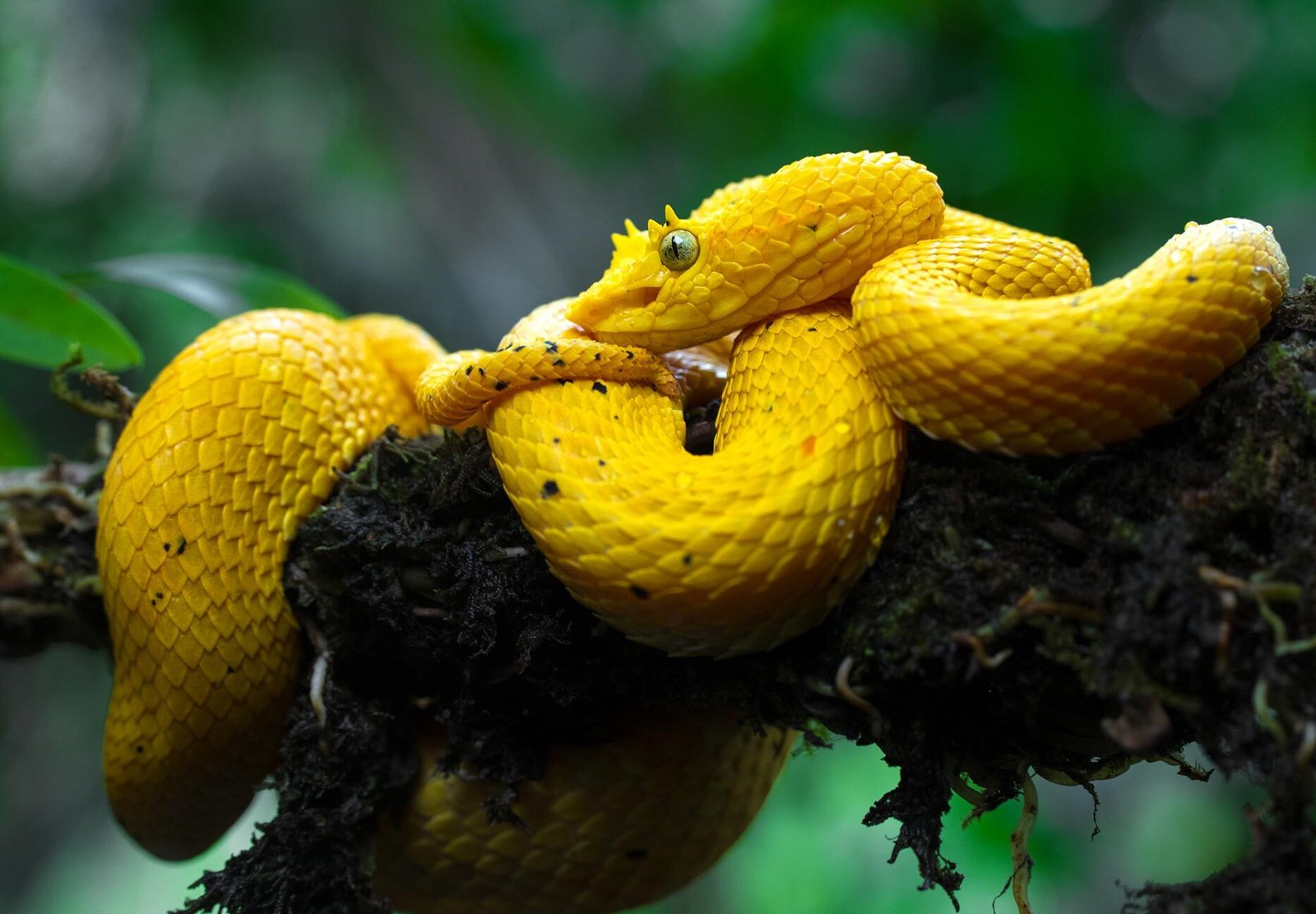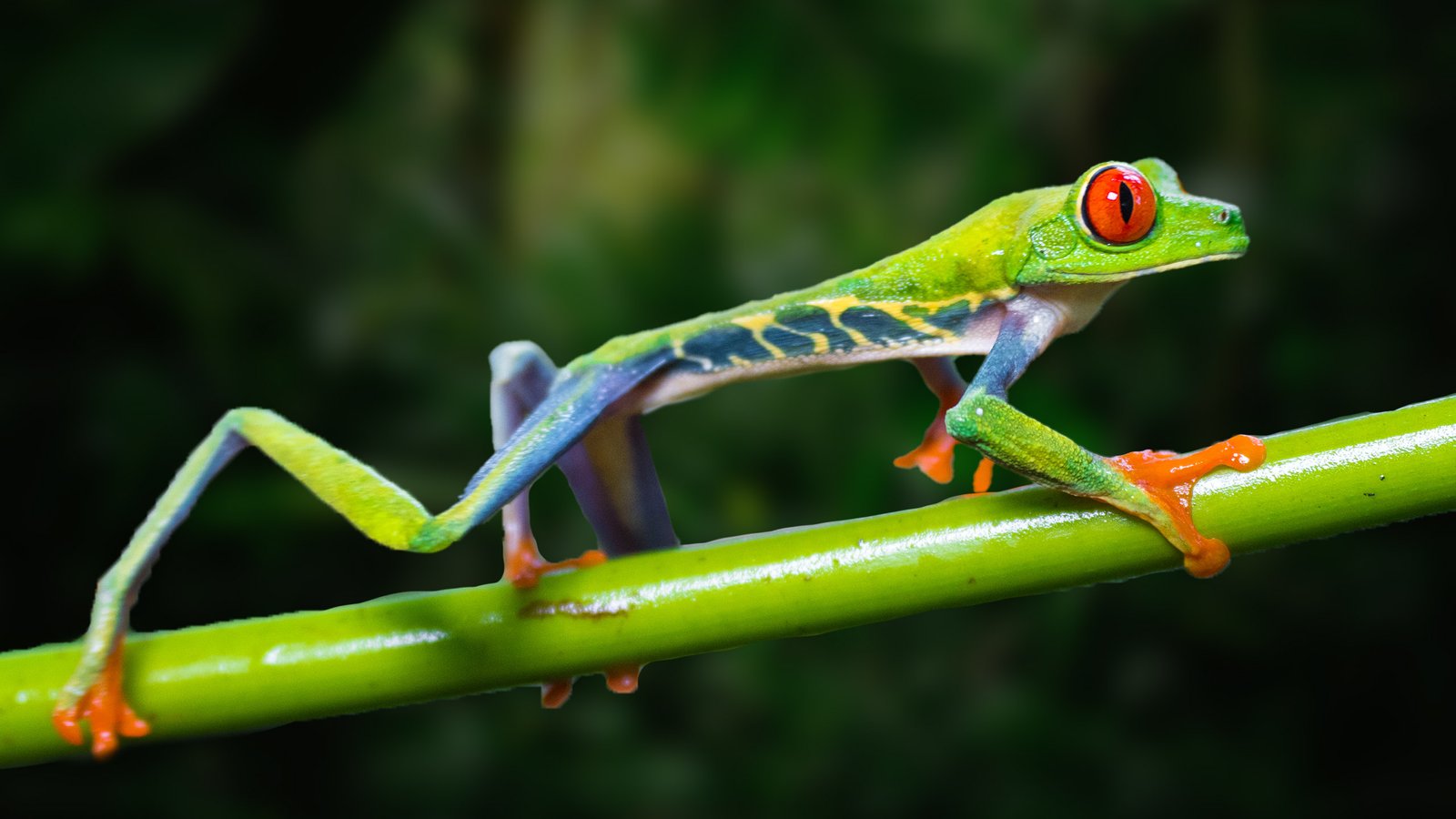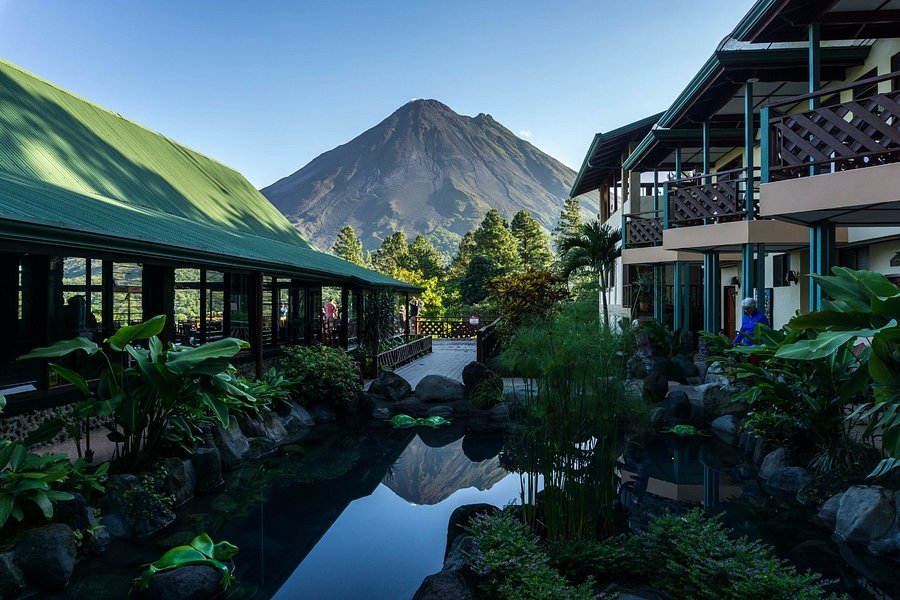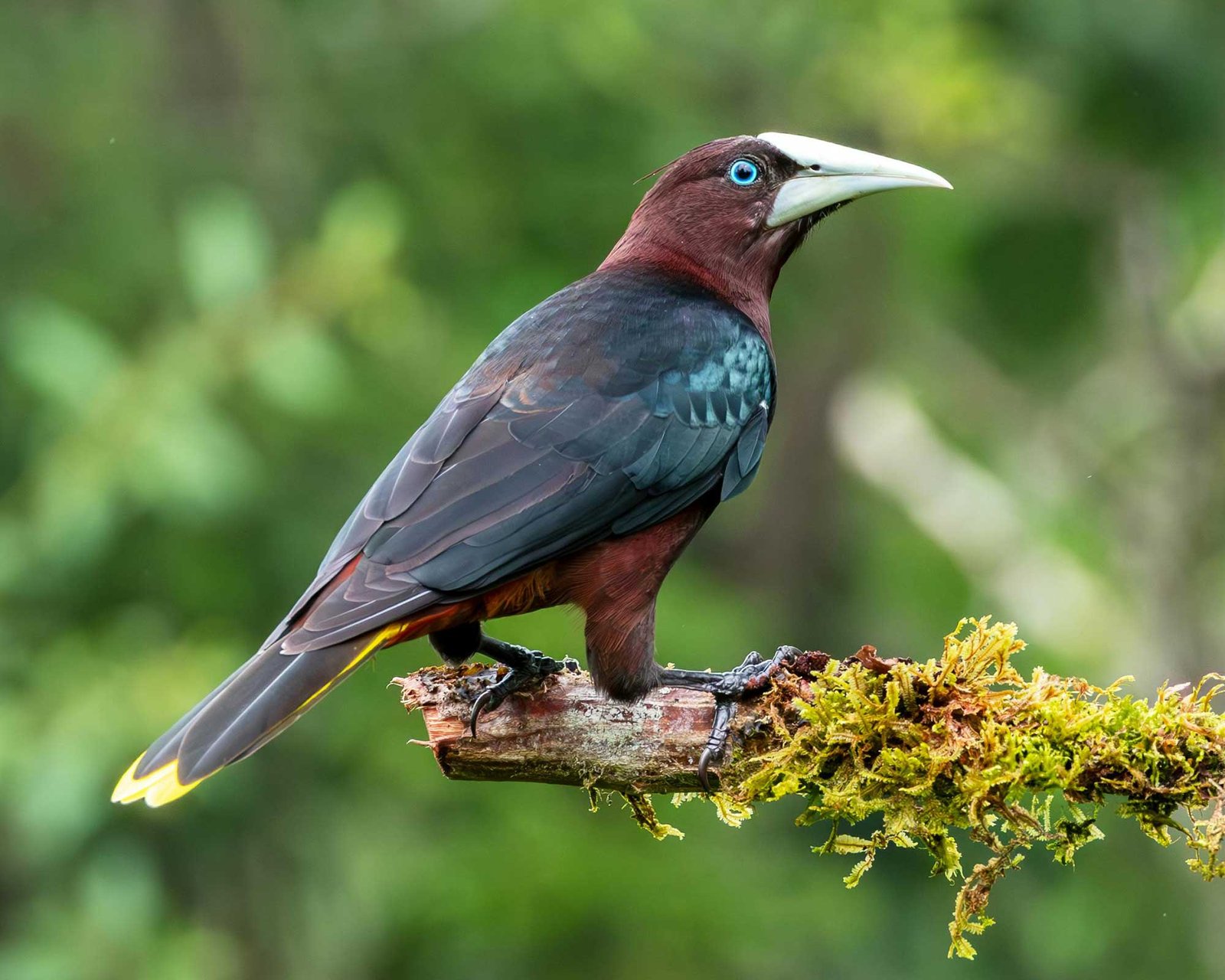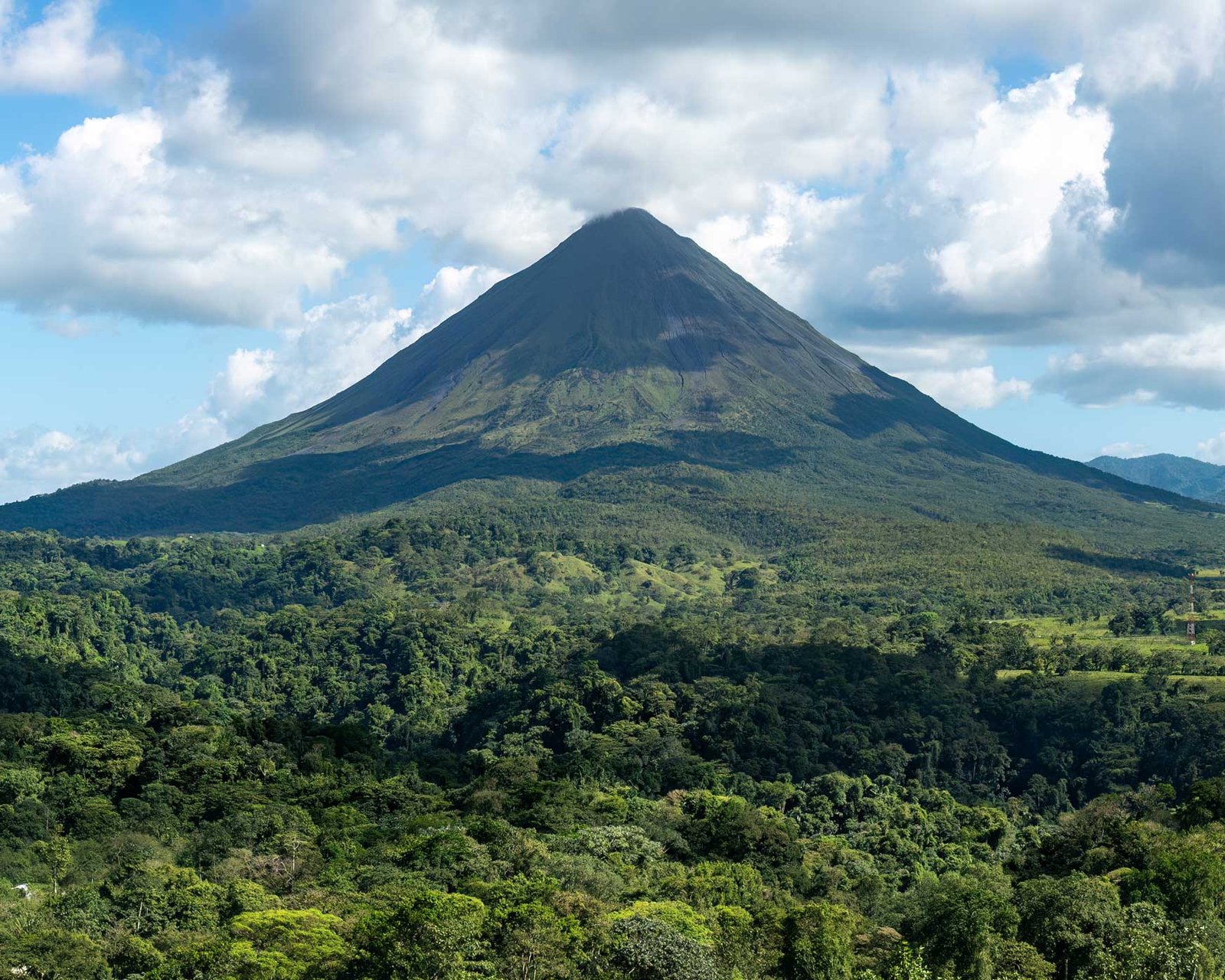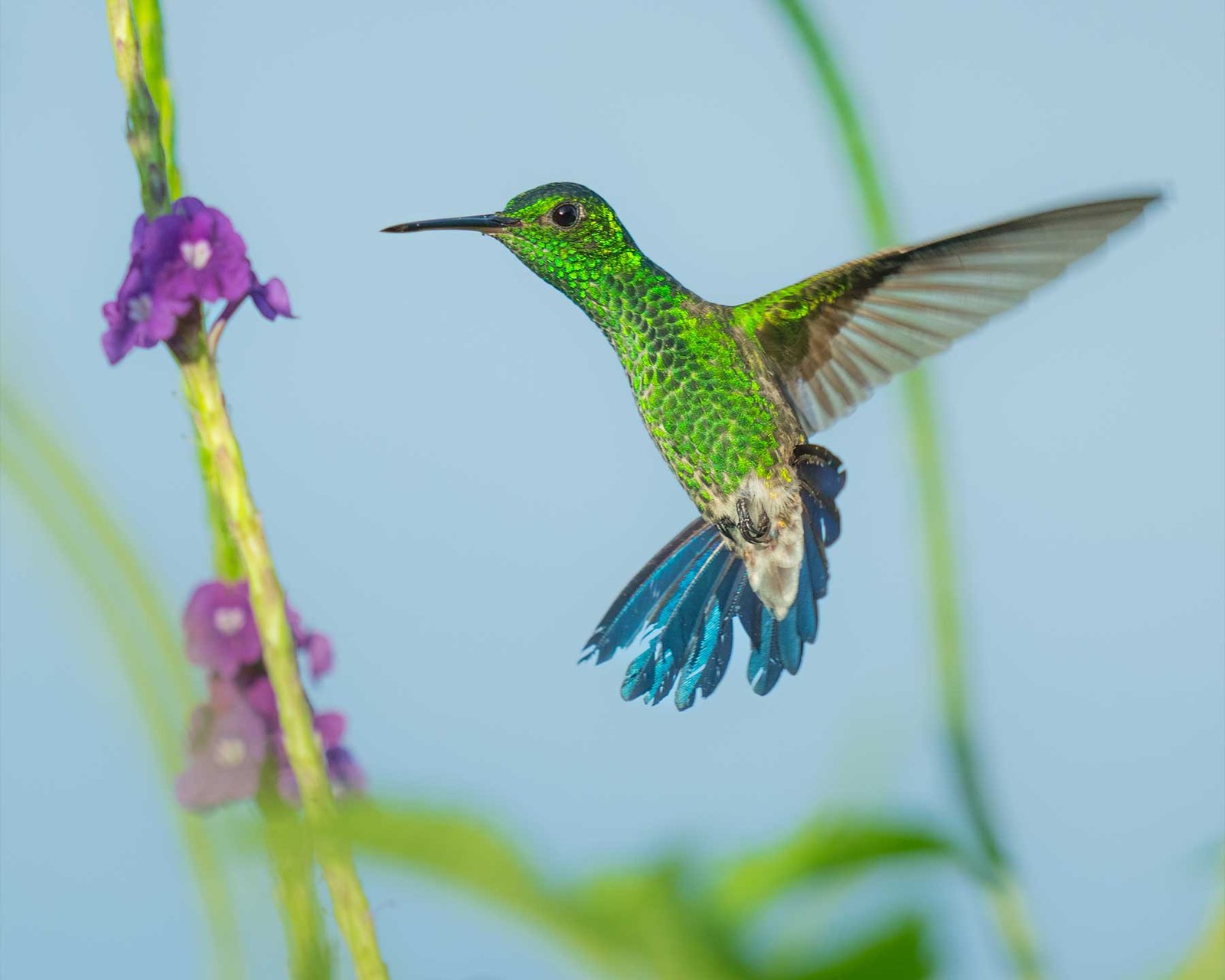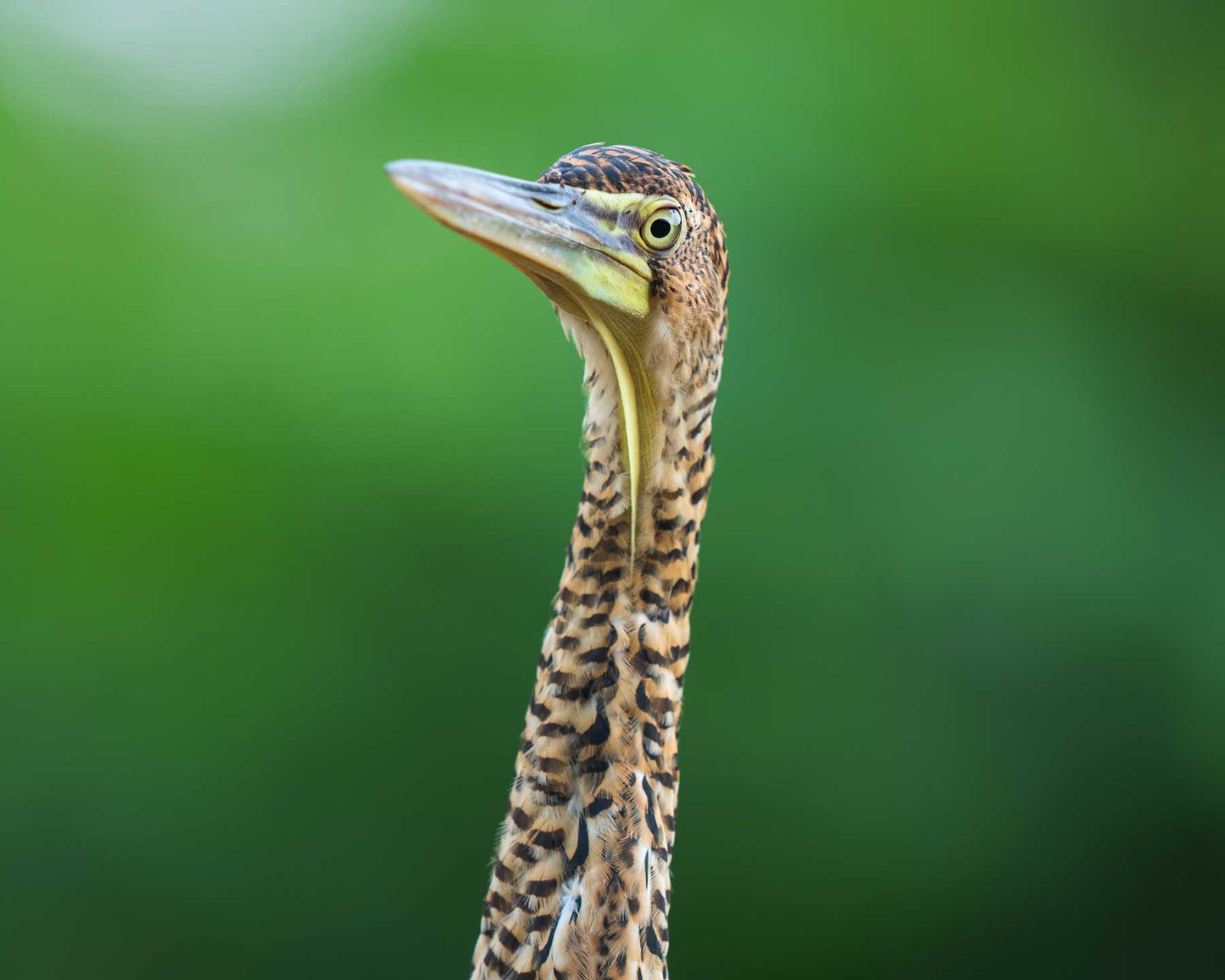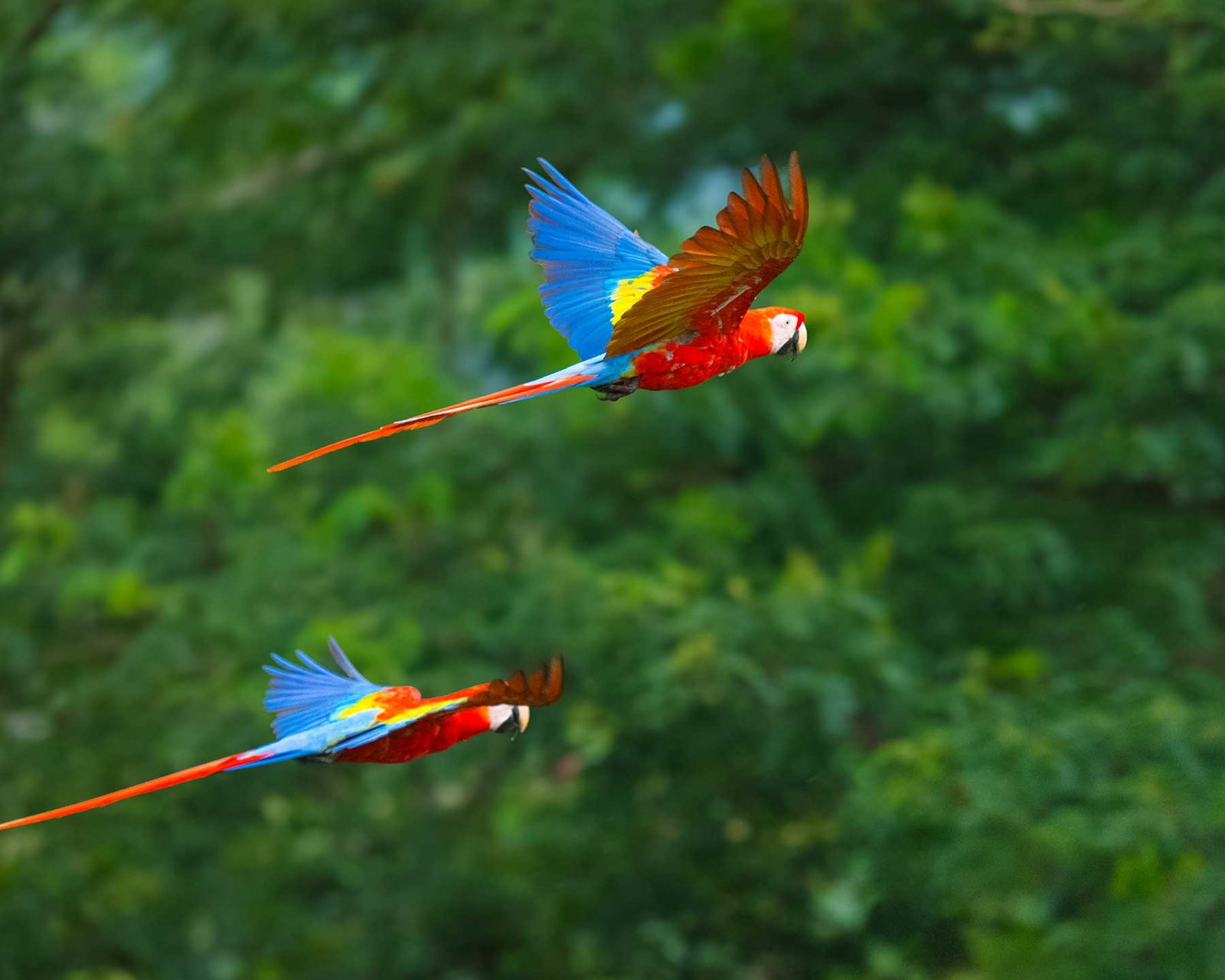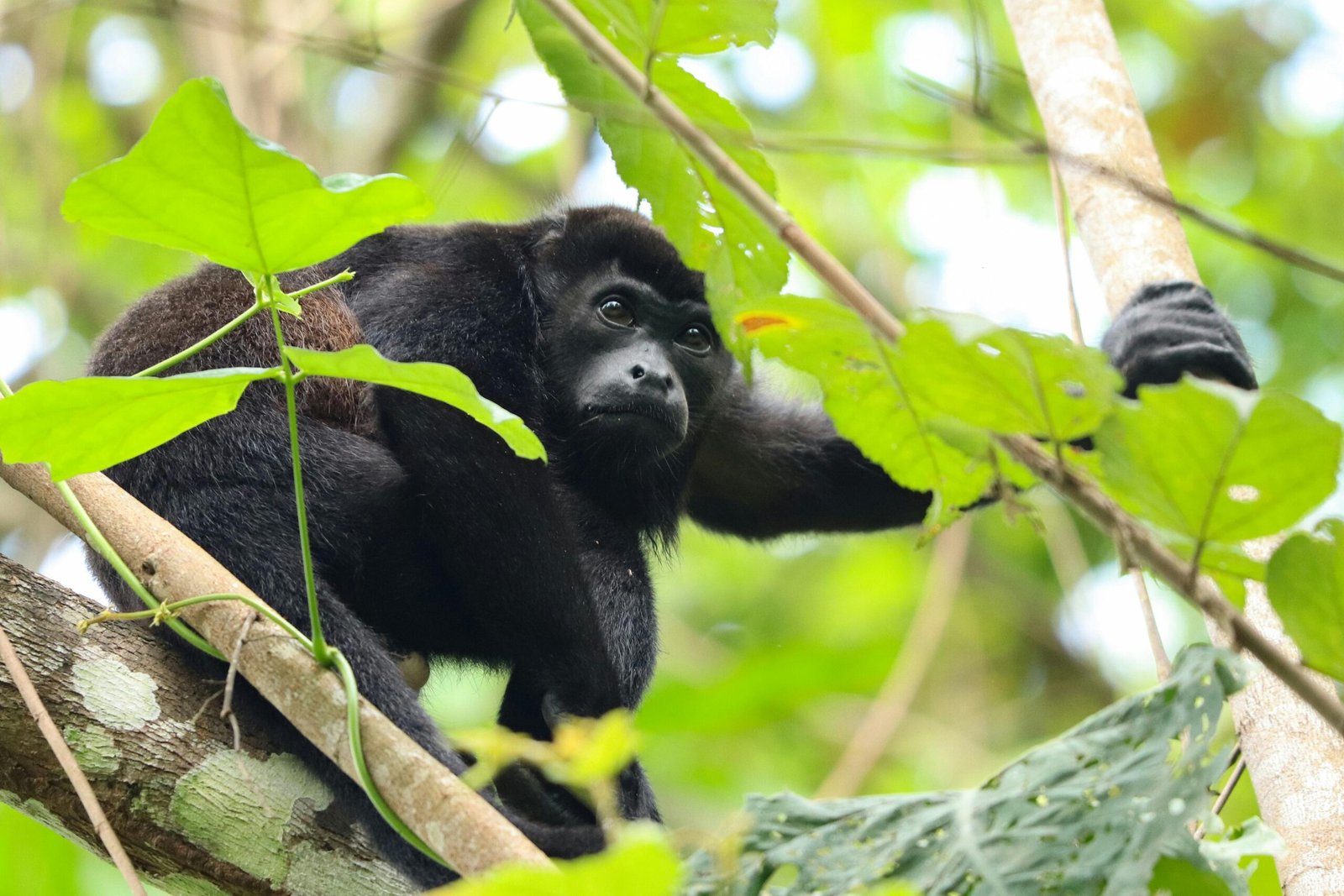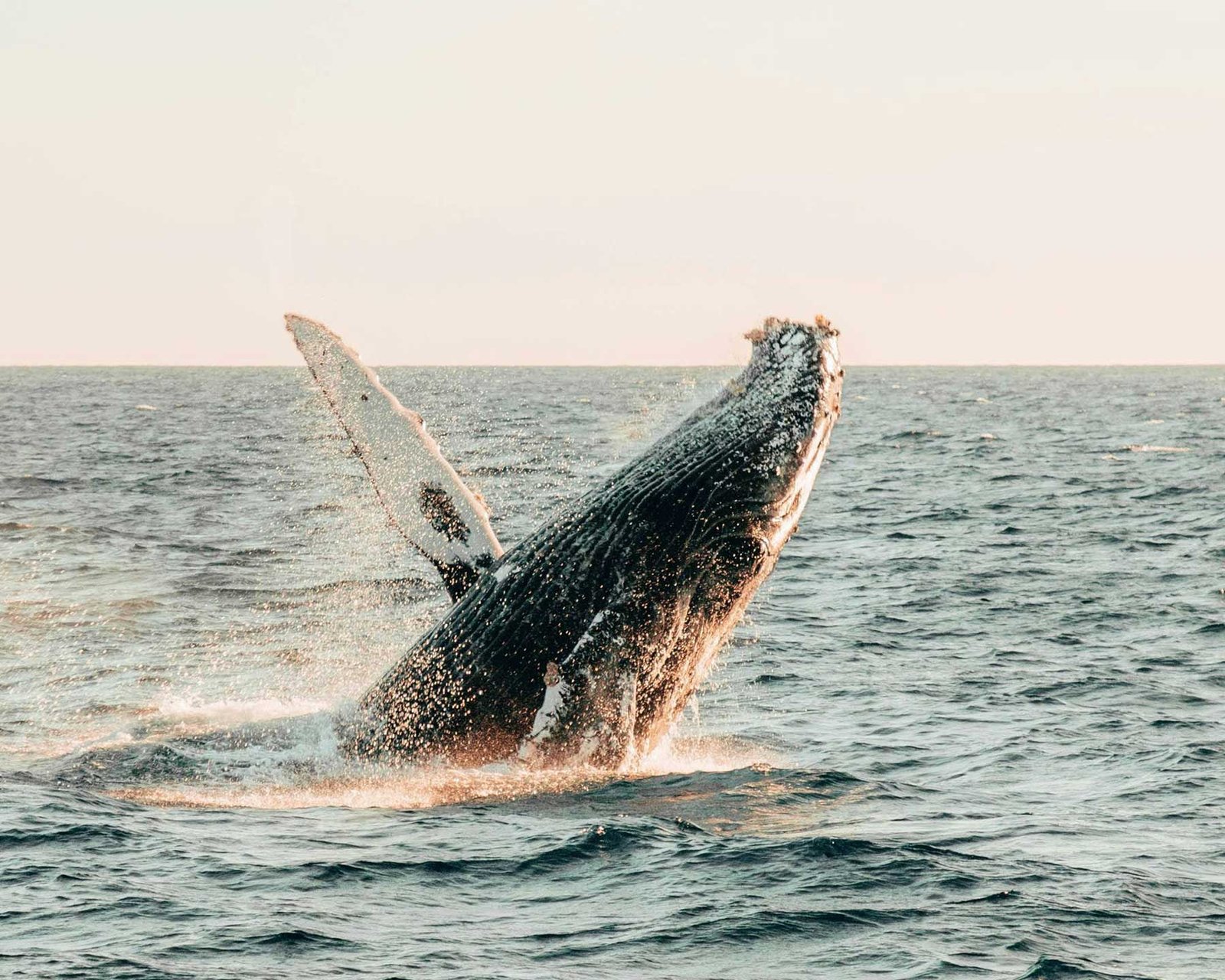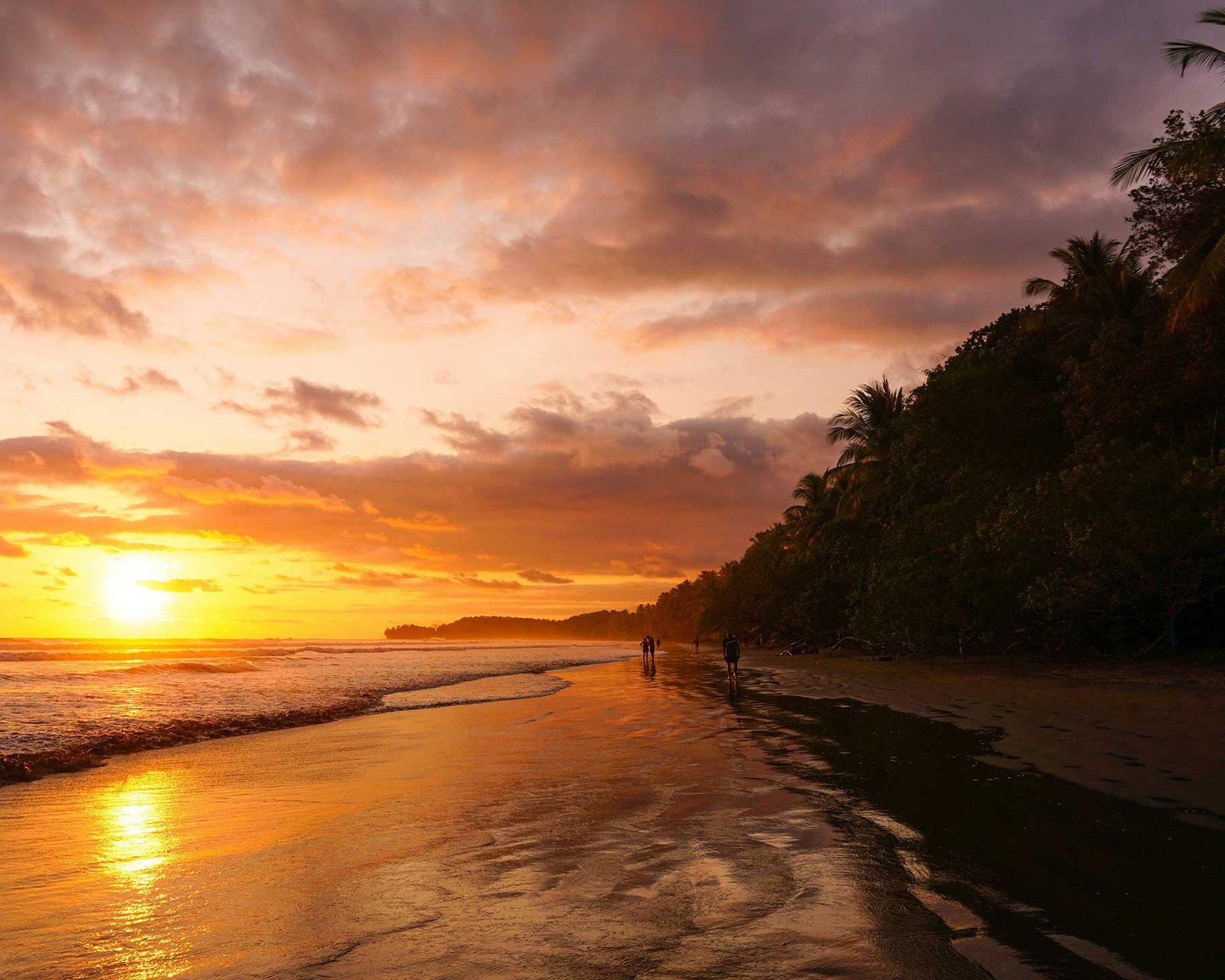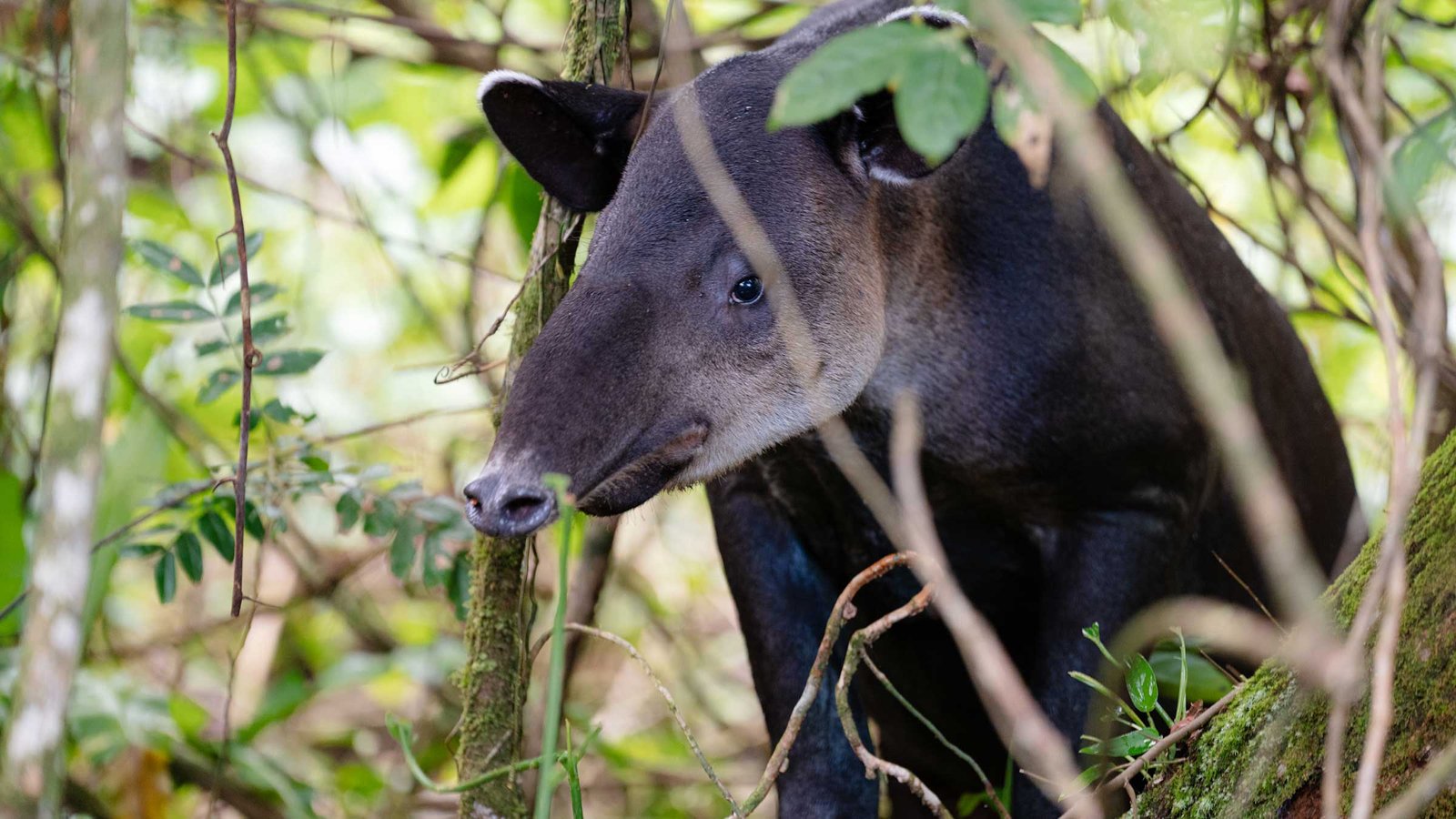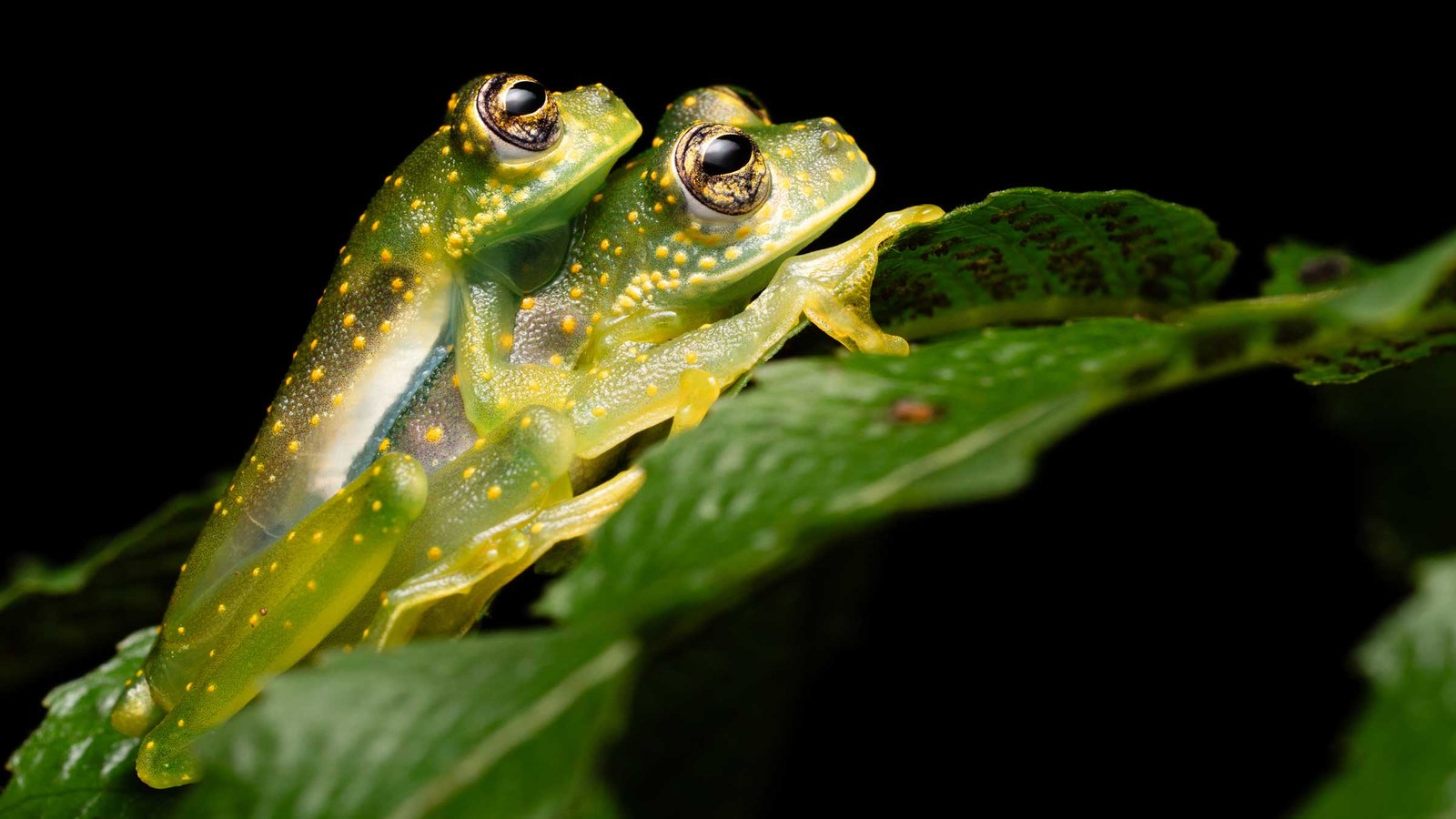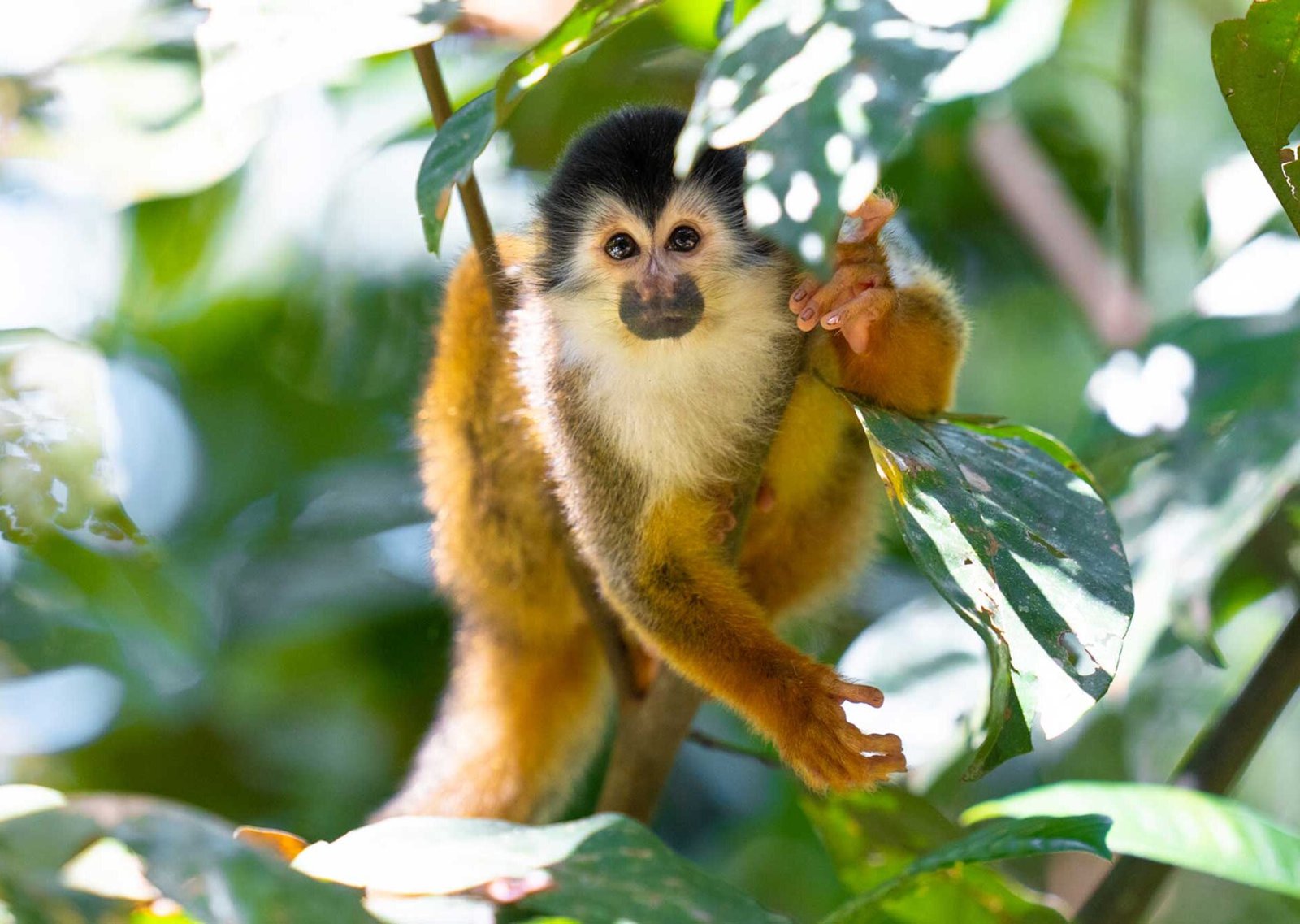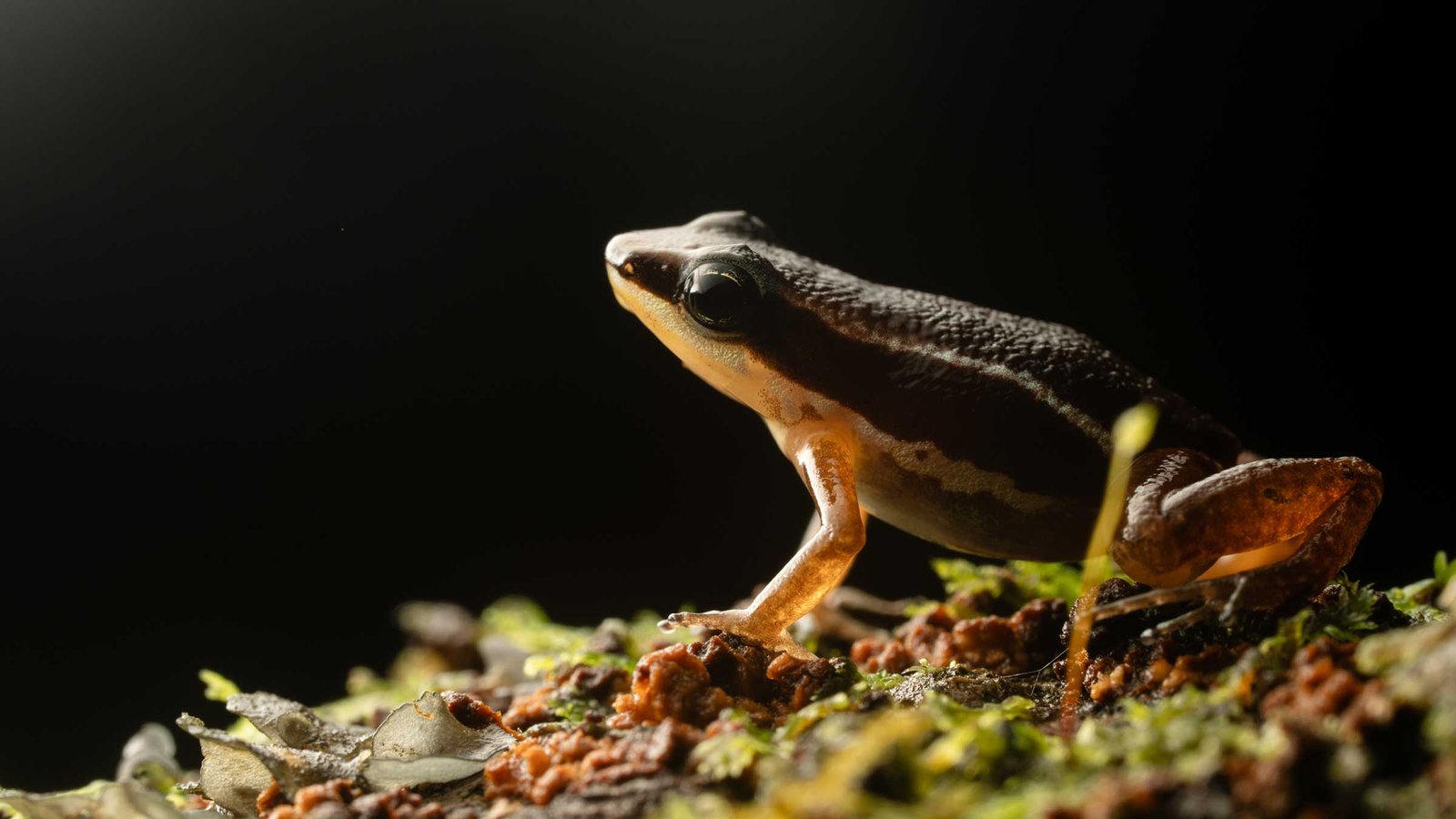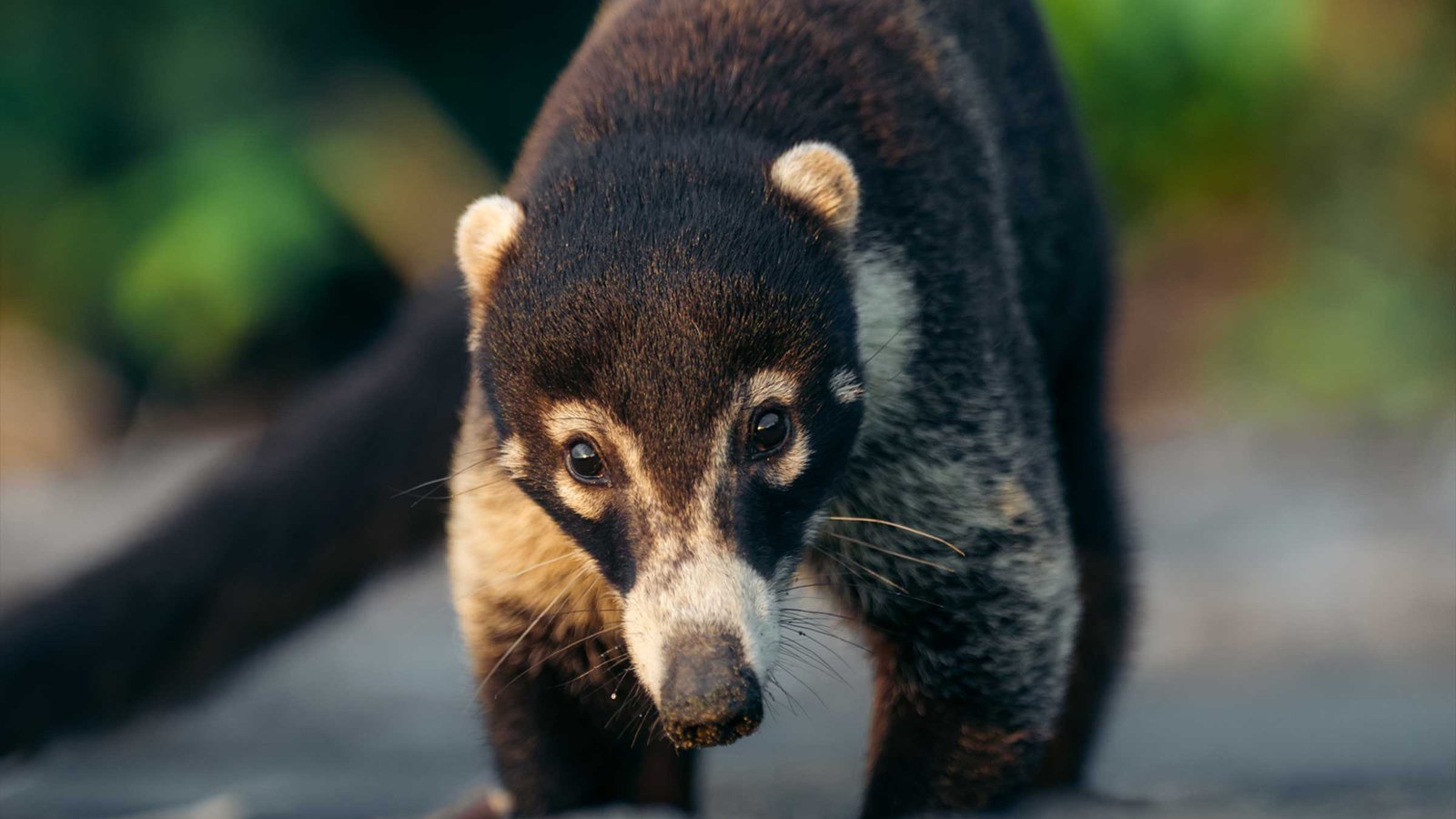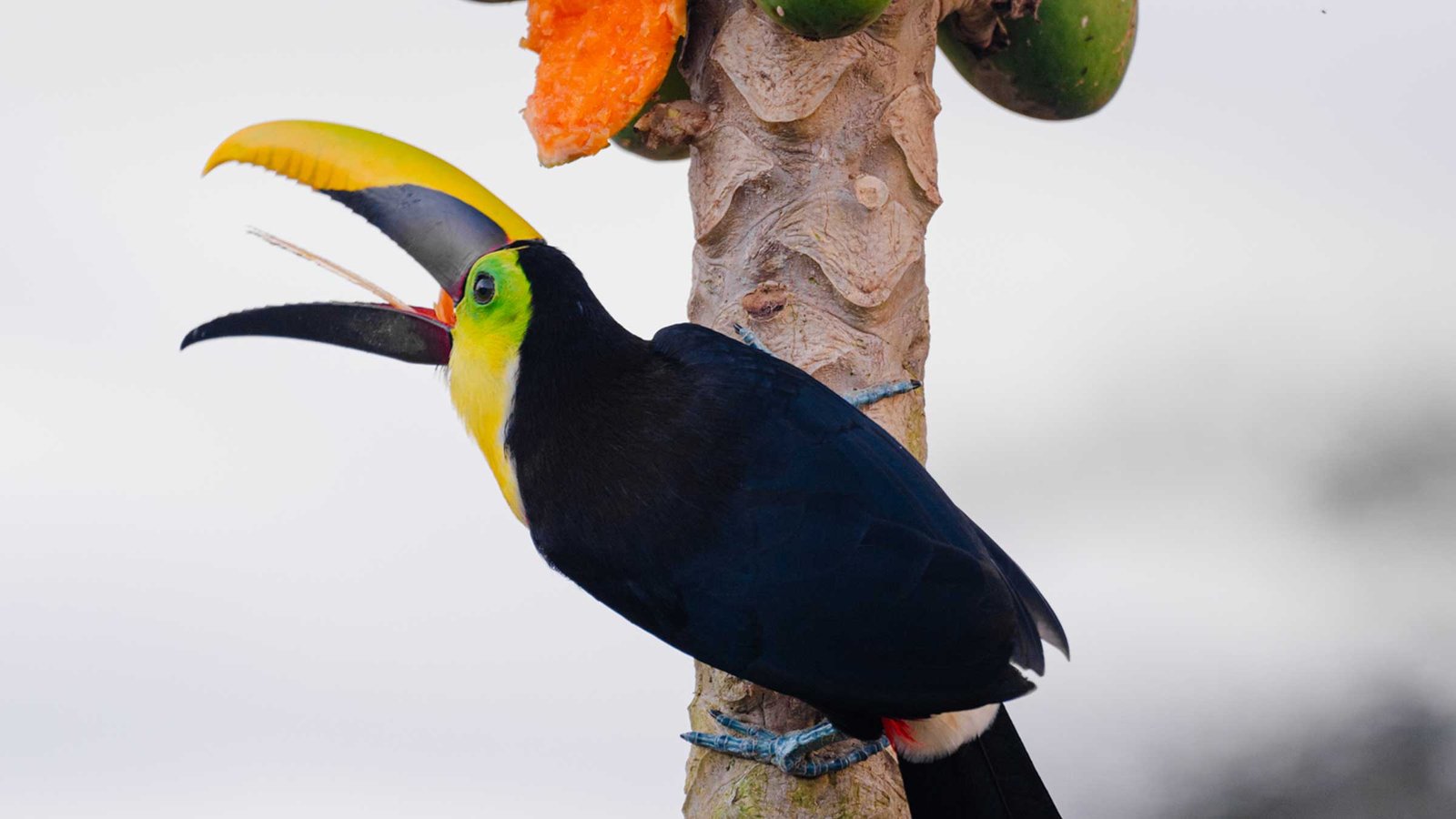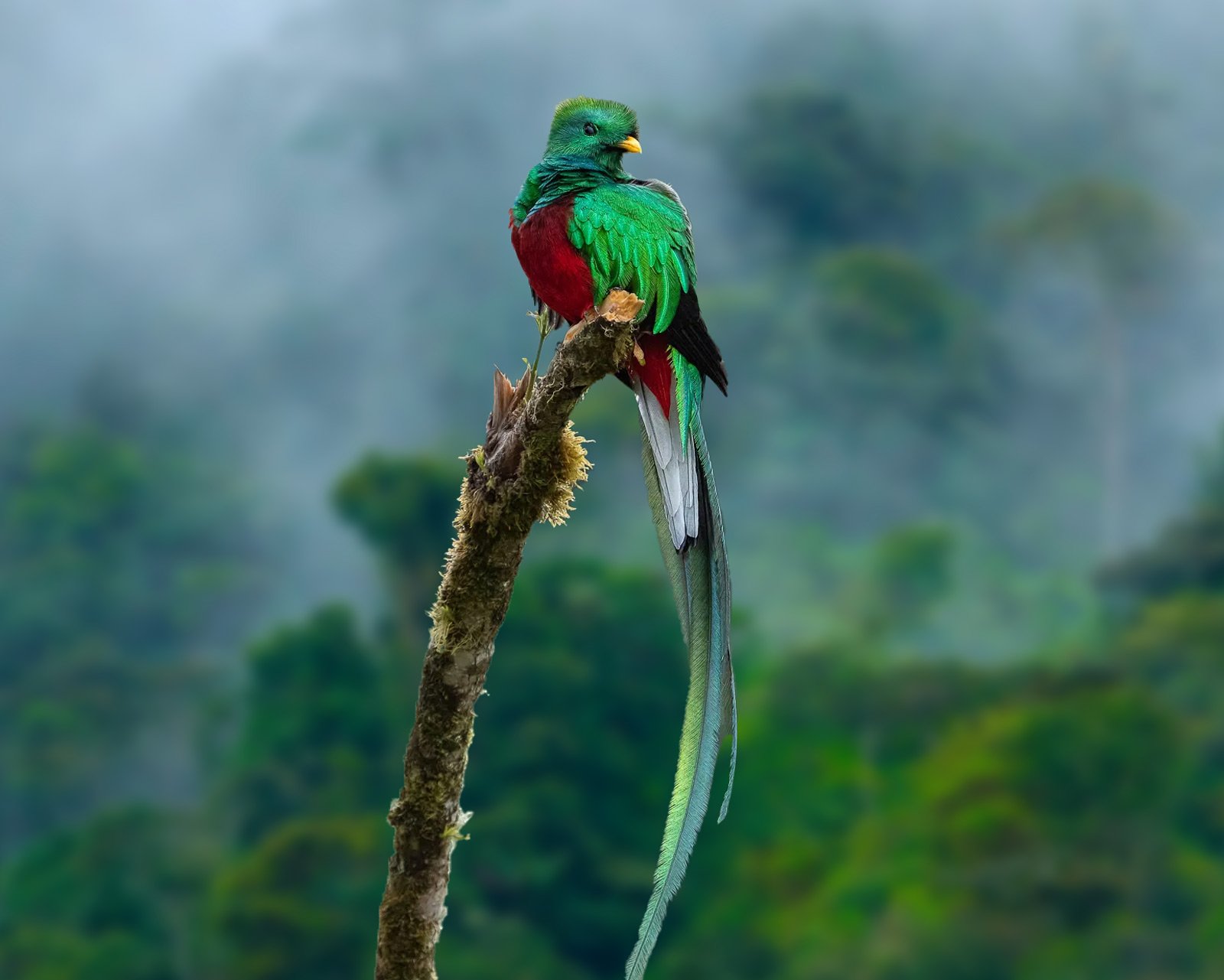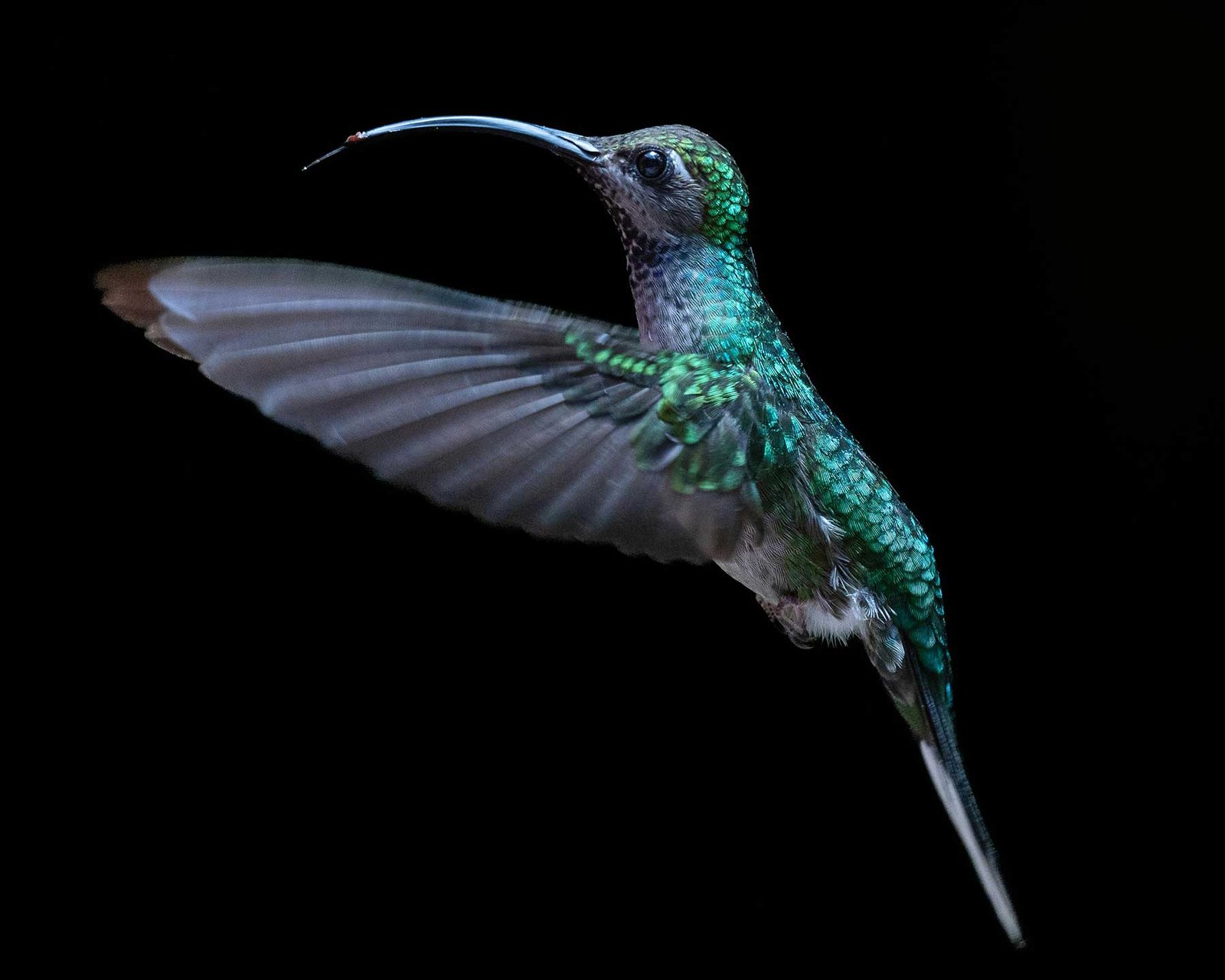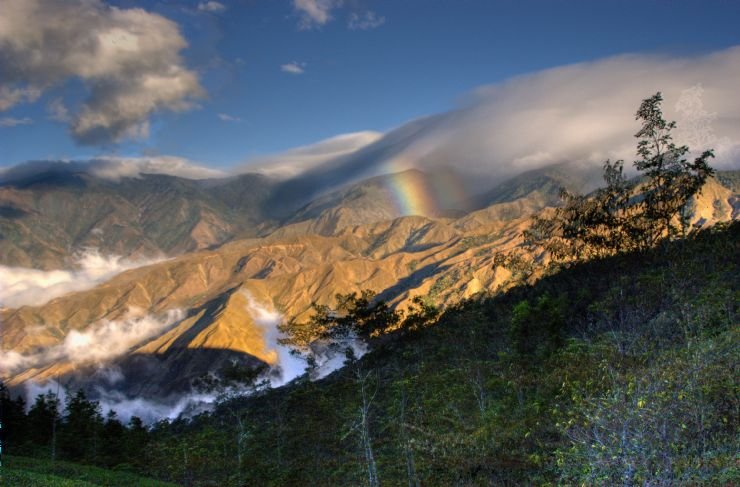Overview
This 15-day itinerary provides a concentrated experience of Costa Rica’s most iconic ecosystems, offering travelers the chance to see an impressive range of wildlife in a shorter timeframe. The journey includes tropical lowland rainforests, remote northern forests, volcanic foothills, coastal mangroves, and cloud forests, creating a balanced combination of habitats. Birders will find highlights such as toucans, macaws, hummingbirds, trogons, and the Resplendent Quetzal, while mammals like monkeys, sloths, and coatis add to the variety. Reptiles, amphibians, and spectacular landscapes ensure that every day brings a new perspective on the country’s natural diversity.
The pace is designed to maximize encounters without feeling rushed, with carefully chosen lodges that provide access to private reserves, trails, and wildlife observation hides. Activities include rainforest walks, night excursions, and a boat tour through mangroves rich in crocodiles and aquatic birds. In just under two weeks, this program delivers the essence of Costa Rica’s biodiversity, making it an ideal choice for travelers who want a comprehensive wildlife adventure but with less time available.
Highlights
- Spotting monkeys, sloths, and coatis in the wild
- Seeking the Resplendent Quetzal in cloud forests
- Exploring mangroves on a guided boat safari
- Experiencing the rainforest after dark on night walks
Itinerary
After your international flight, the journey begins near San José, where you can relax in a hotel with tropical gardens. Surrounded by heliconias, orchids, and butterflies, this is the perfect place for a gentle introduction to Costa Rica’s nature before heading into wilder regions.
A walk in the gardens provides a first taste of the country’s incredible biodiversity, setting the tone for the adventure ahead and allowing easy photography opportunities right on the lodge grounds.
Target species at the hotel’s garden: Lesson’s Motmot, Rufous-capped Warbler, White-eared Ground-Sparrow, Mottled Owl, Rufous-tailed Hummingbird, Great Kiskadee and Blue-gray Tanager.
Accessible only by boat, Tortuguero is a true immersion into Costa Rica’s wild Caribbean. Navigating its maze of canals feels like entering another world, surrounded by rainforest alive with monkeys, sloths, and countless waterbirds. The black-sand beaches add an unforgettable highlight during turtle nesting season (July to October), one of the country’s most iconic wildlife spectacles. Few places offer such a powerful combination of lush scenery, abundant fauna, and authentic isolation.
Target species in Tortuguero: Great Green Macaw, Sungrebe, Green-and-rufous Kingfisher, plus three species of monkeys (Mantled Howler, White-throated Capuchin, Central American Spider Monkey), two species of sloths (Brown-throated Three-toed, Hoffman’s Two-toed), Spectacled Caiman, Green Iguana, Green Basilisk, West Indian Manatee, Jaguar, and sea turtles (Green Sea Turtle, Hawksbill and Leatherback depending on the season).
Sarapiquí is one of the most accessible rainforests in Costa Rica, alive with sounds and colors at every turn. Walks through the forest reveal monkeys in the canopy, bright toucans and trogons, and colorful frogs among the leaves, while boat trips along the Sarapiquí River provide a different perspective on the region’s rich wildlife.
This is also a center for tropical research, where visitors can learn about conservation and scientific projects. With its mix of rivers, forests, and feeders, Sarapiquí is the perfect first deep immersion into the country’s biodiversity.
Target species in Sarapiquí: Great Green Macaw, White-collared Manakin, Snowy Cotinga, Sunbittern, plus toucans, trogons, parrots and woodcreepers. Mammals include howler monkeys, white-faced capuchins, spider monkeys, sloths, and river otters. Reptiles and amphibians often seen are green iguanas, basilisks, poison dart frogs, glass frogs and eyelash vipers.
Set against the dramatic backdrop of Arenal Volcano, this region combines excellent wildlife watching with spectacular scenery. Feeders in the gardens attract hummingbirds and oropendolas, while trails through rainforest reveal trogons, motmots, and monkeys. Suspension bridges allow a unique view from the canopy, perfect for photography.
The area is also renowned for its natural hot springs, offering a relaxing complement to wildlife exploration. Night walks add another dimension, with frogs, snakes, and nocturnal insects filling the forest with activity.
Target species in La Fortuna: Emerald Tanager, Great Currasow, Black-crested Coquette, Bare-necked Umbrellabird, Yellow-eared Toucanet, Montezuma Oropendola, Crested Guan, antbirds, woodcreepers and euphonias. Mammals include howler monkeys, white-faced capuchins, spider monkeys, coatis and sloths. Reptiles and amphibians highlights are green iguanas, emerald basilisks, red-eyed treefrogs, poison dart frogs and spectacled caimans.
The Tárcoles River is world famous for its massive crocodiles, easily seen on a boat tour. The journey also enters mangrove channels, a fascinating ecosystem home to specialized birds and countless aquatic creatures.
Nearby Carara National Park protects a transition forest where dry and wet habitats meet, resulting in extraordinary biodiversity. Walking its trails with a guide reveals monkeys, deer, and an impressive mix of forest birds. Combined with the hotel gardens and the proximity to the Pacific coast, this region offers one of the richest wildlife experiences in Costa Rica.
Target species in Tárcoles & Carara: American Crocodile, Mangrove Hummingbird, Scarlet Macaw, Black-headed Trogon, Ferruginous Pygmy Owl, Cinnamon Hummingbird, Rufous-naped Wren, Streak-backed Oriole, Hoffman’s Woodpecker, herons, egrets, kingfishers, shorebirds, White-throated Capuchin Monkey, agouti and white-tailed deer.
This region blends rainforest, rivers, and ocean in one of Costa Rica’s most scenic coastal landscapes. Trails at Hacienda Barú allow encounters with monkeys, sloths, and colorful birds, while wetlands host herons, trogons, and antshrikes.
Out at sea, Marino Ballena National Park in Uvita is one of the country’s best places to see humpback whales and dolphins during migration season (December to March and July to October). Outside whale season, the area still shines with snorkeling, waterfalls, pristine beaches, and vibrant local culture, making it an ideal stop that combines marine and terrestrial wildlife.
Target species in Dominical & Uvita: In the marine area, seasonal Humpback Whales (both Northern and Southern populations), several species of dolphins (Spotted, Bottlenose, and Spinner Dolphins), and seabirds along the Pacific coast add to the highlights of this region. We might find birds such as the Fiery-billed Aracari, Golden-naped Woodpecker, Orange-collared Manakin, Common Potoo, Black-hooded Antshrike, Spot-crowned Euphonia, Riverside Wren, plus up to three monkey species (White-faced Capuchin, Mantled Howler, Spider Monkey), both two-and three-toed Sloths, Green Iguanas, and other reptiles.
The Osa Peninsula is Costa Rica’s crown jewel of biodiversity and one of the richest ecosystems on the planet. Staying near Corcovado National Park means full immersion in pristine rainforest, where every step brings the chance of rare encounters. From monkeys leaping overhead to tapirs crossing the trails, wildlife here feels truly wild and abundant.
The experience goes beyond the forest: boat trips through Sierpe’s mangroves or snorkeling at Caño Island add marine highlights to an already extraordinary region. Osa offers an unparalleled mix of untouched landscapes, iconic mammals, and rare birds—an essential stop for anyone seeking the most authentic side of Costa Rica.
Target species in Corcovado & Osa Peninsula: Baird’s Tapir, all four monkey species (Mantled Howler, White-faced Capuchin, Spider Monkey, Central American Squirrel Monkey), sloths, peccaries, anteaters, and with some luck wild cats including Puma and Jaguar. Birds like Black-cheeked Ant-tanager (Osa endemic), Golden-naped Woodpecker, Spot-crowned Euphonia, Black-hooded Antshrike, Riverside Wren, Fiery-billed Aracari, scarlet macaw…
High in the Talamanca mountains, this is one of the very best places in the world to see the Resplendent Quetzal. The cool cloud forest is home to numerous highland endemics, making it a dream for birders and photographers alike.
Visitors stay in specialized lodges surrounded by gardens and trails where hummingbirds, warblers, and silky-flycatchers are easy to observe. The mountain air, spectacular views, and abundance of rare species make this region an unforgettable highlight of any wildlife journey.
Target species in Cerro de la Muerte: Resplendent Quetzal, Long-tailed Silky-flycatcher, Golden-browed Chlorophonia, Sulphur-winged Parakeet, Collared Redstart, Sooty-capped Chlorospingus, Yellow-thighed Brushfinch, Flame-throated Warbler, Volcano Hummingbird and Spangle-cheeked Tanager.
The final day is reserved for the return to San José and your international flight. Depending on your schedule, optional stops can be arranged along the way—whether a scenic viewpoint, a wildlife garden, or a local town visit.
This flexibility ensures a smooth conclusion to the adventure, with the chance for one last taste of Costa Rica’s landscapes and wildlife before departure.
Cost
The Cost Includes
- Pick-up & drop-off service
- Daily breakfast
- Comfortable accommodation
- All activities listed in the itinerary
- Expert wildlife guide on each activity
- Required permits and national park fees
Not Included
- International and domestic flights
- Meals not specified in the itinerary
- Travel and medical insurance
- Rental car or private driver (quoted separately)
FAQs
We suggest lightweight clothing, quick-dry fabrics, and a rain jacket. Comfortable shoes are essential, and a hat or cap helps with sun protection. If your trip includes cloud forests or higher elevations, pack a sweater for cooler evenings.
Binoculars are highly recommended for wildlife watching. For photography, we suggest bringing a camera with telephoto lenses for birds and animals. A tripod can be useful. If you’re unsure about your equipment, feel free to reach out—we’ll be happy to advise you personally.
Yes, single rooms can be arranged on request, subject to availability. A supplement may apply depending on the hotel or lodge.
Yes, in most parts of Costa Rica the water is drinkable. Your guide or the staff from your lodge will advise you in each location.
All our trips are flexible and tailor-made. If you would like to include airport pickup and travel with a private guide, simply let us know when booking and we will arrange it for you.
Airport pickups depends on the type of trip you choose:
-
If you book a private guided trip, we will personally meet you at the airport and take care of transfers, transportation, and all details throughout the journey.
-
If you book a self-drive itinerary, you can manage your arrival and rental car pick-up directly at the airport. In this case, we provide the itinerary, all reservations, and ongoing support. The logistics of arrival are handled by you, but let us know if you want help with that as well and we can provide.
Most of the hotels and lodges we work with offer laundry service, either included or for a small fee. Your guide or the lodge staff will let you know the options available at each stop.
Yes. If you’d like to arrive earlier or stay longer, we can arrange additional nights of accommodation, activities and transfers. Just let us know your plans and we’ll adjust the itinerary accordingly.
That depends on the type of trip you choose:
-
If you book a private guided trip, we provide the vehicle and driver, so you don’t need to worry about renting a car or driving in Costa Rica. Everything is handled for you.
-
If you choose a self-drive road trip, you’ll drive your own rental car. Most travelers pick it up directly at the airport, and it can be reserved in advance. As with all of our itineraries, everything is personalized. If you’d like us to assist with the car rental, just let us know your needs and we’ll arrange it for you.

